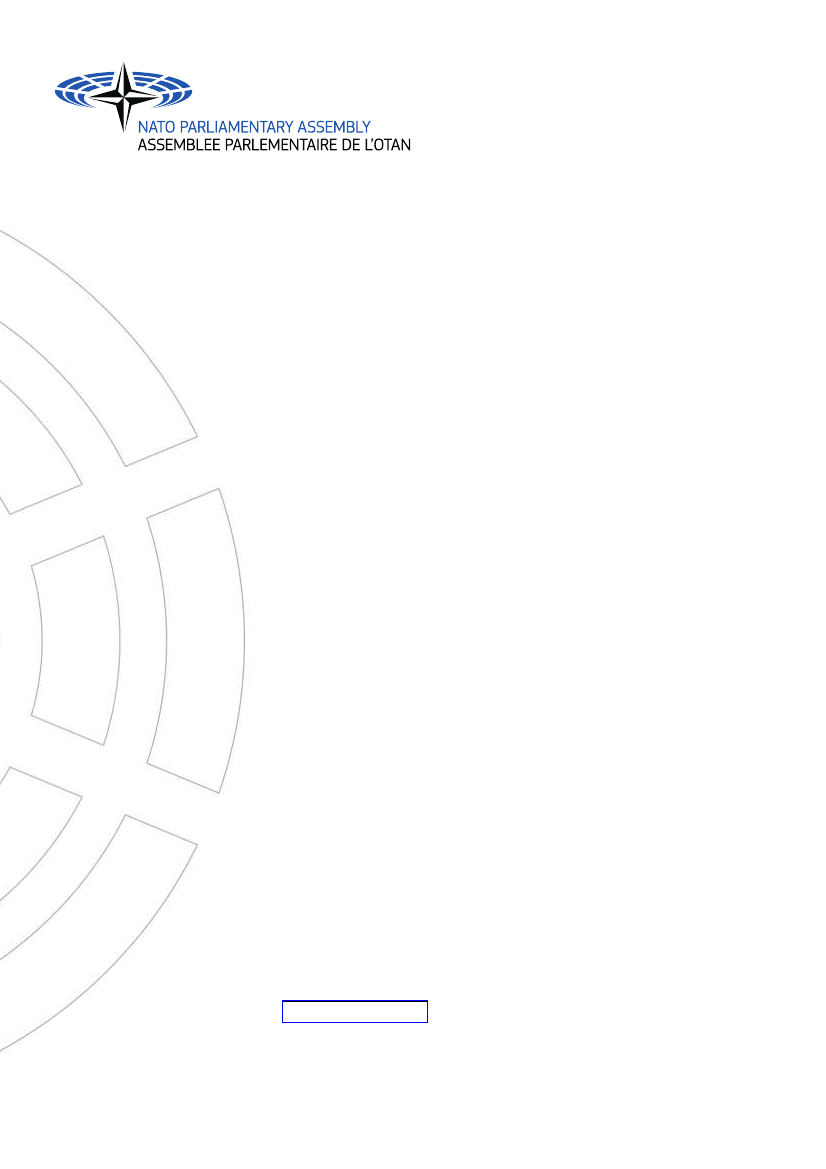
162 SESA 18 B
ANNUAL SESSION
HALIFAX
(CANADA)
SESSION ANNUELLE
November 2018
/ novembre 2018
COMMITTEE AND SUB-COMMITTEE
DRAFT REPORTS AND RESOLUTIONS
PROJETS DE RAPPORTS ET DE RÉSOLUTIONS
DES COMMISSIONS ET SOUS-COMMISSIONS
List /
Liste
as of 22 October 2018
Dernière mise à jour : 22 octobre 2018
www.nato-pa.int